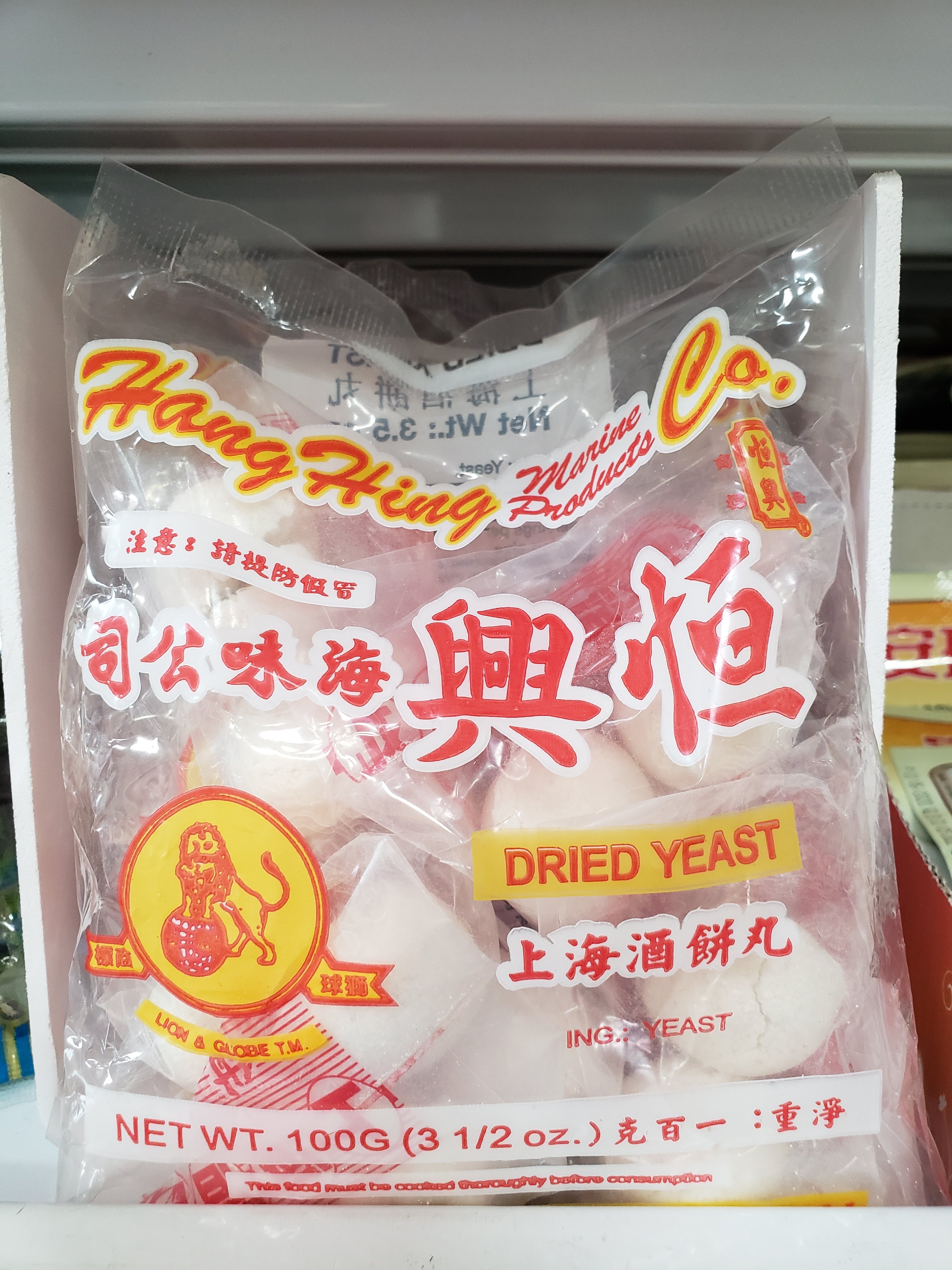I was at the local Asian grocery here in Bremen and I found traditional rice balls. They are kind of home made, they sell them in four per pack and they smell very moldy. You can still see some rice hulls underneath them and they are formed uneven.
I was so happy!
The Thai woman at the counter kindly asked me if I actually know what they are for, I had to laugh and we talked a bit about it, they often use it to make a sweet desert, not so much for wine actually. I am making a small test batch with it now, it liquified the rise much quicker then the industrial balls I had before. It's going strong now, I hope that it will be a different flavour. I'm also making some chang with it right now which hopefully will taste like the one my friends in Nepal are making. Nothing beats hot Chang.
I was so happy!
The Thai woman at the counter kindly asked me if I actually know what they are for, I had to laugh and we talked a bit about it, they often use it to make a sweet desert, not so much for wine actually. I am making a small test batch with it now, it liquified the rise much quicker then the industrial balls I had before. It's going strong now, I hope that it will be a different flavour. I'm also making some chang with it right now which hopefully will taste like the one my friends in Nepal are making. Nothing beats hot Chang.



















































![Craft A Brew - Safale BE-256 Yeast - Fermentis - Belgian Ale Dry Yeast - For Belgian & Strong Ales - Ingredients for Home Brewing - Beer Making Supplies - [3 Pack]](https://m.media-amazon.com/images/I/51bcKEwQmWL._SL500_.jpg)







